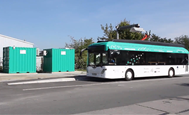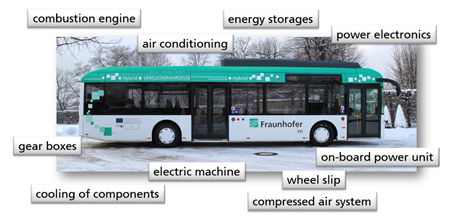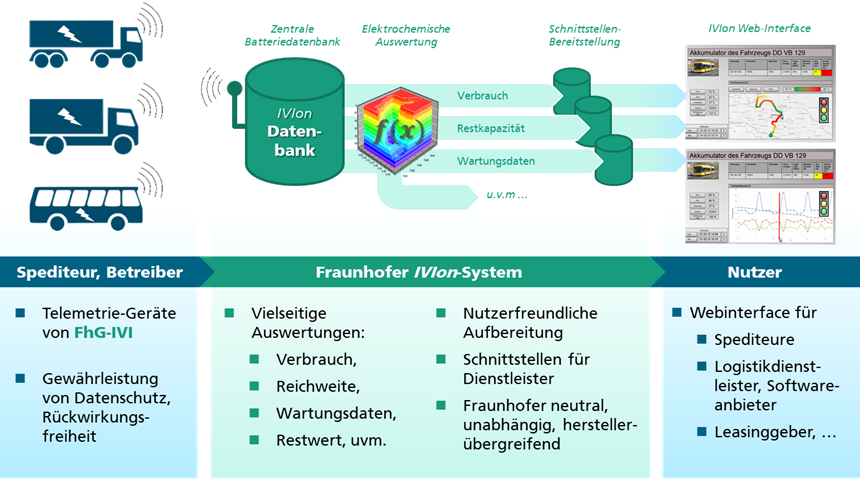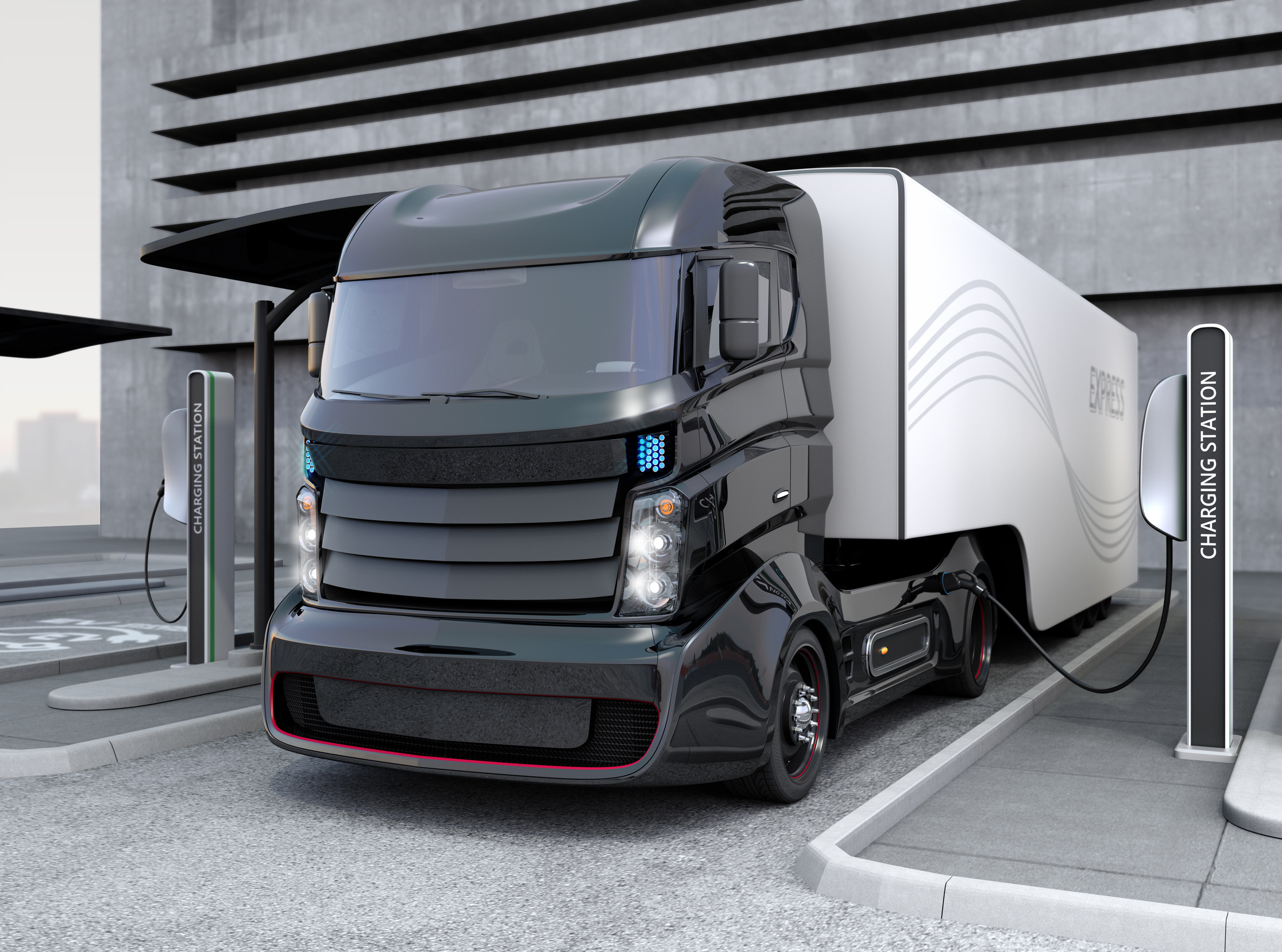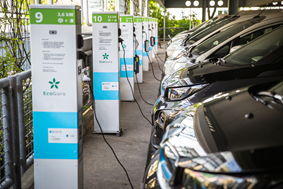The mobility of the future is automated, connected and electric. Electrification has triggered a revolution in vehicle construction as well as in the automotive and mobility sectors. This also affects the commercial vehicle sector, albeit albeit with delays compared to the passenger car sector due to differing underlying principles.
In the field of commercial vehicle drive systems, the coming years will be characterized by stricter regulatory requirements for reducing CO2 emissions from vehicles - and at the same time by the increasing scarcity of fossil fuels. The majority of the commercial vehicle industry and politicians therefore see the future lying in battery-electric drive solutions, which are expected to be increasingly transferred from selected short-haul operations to broader applications over the next few years.
 Fraunhofer-Allianz Verkehr
Fraunhofer-Allianz Verkehr